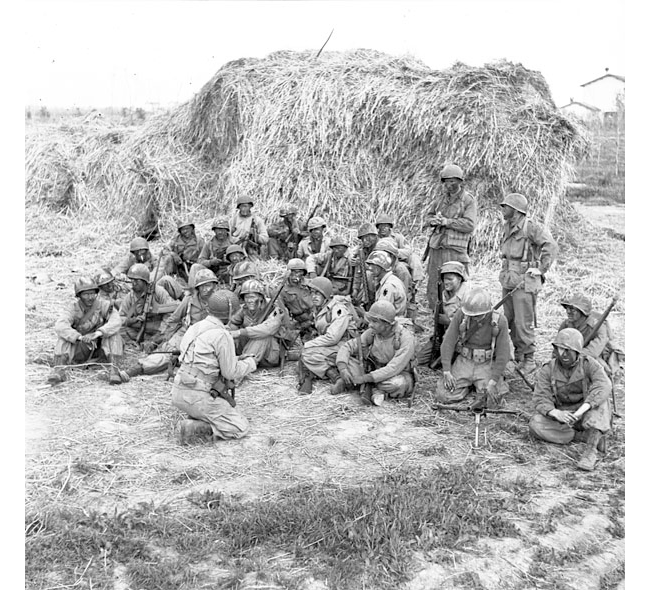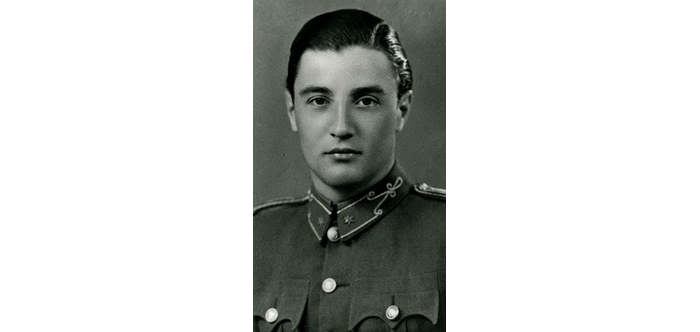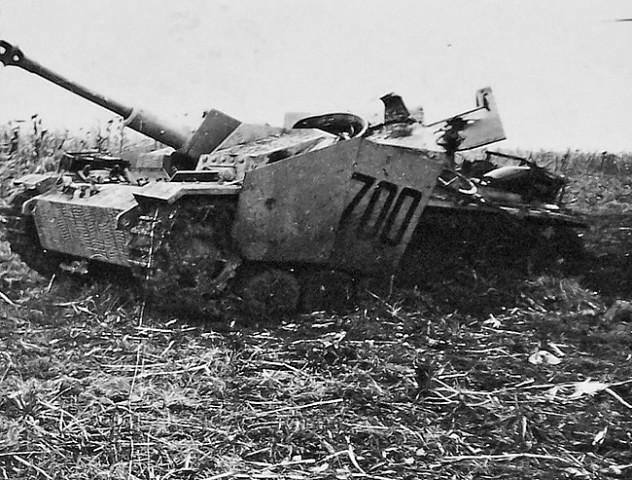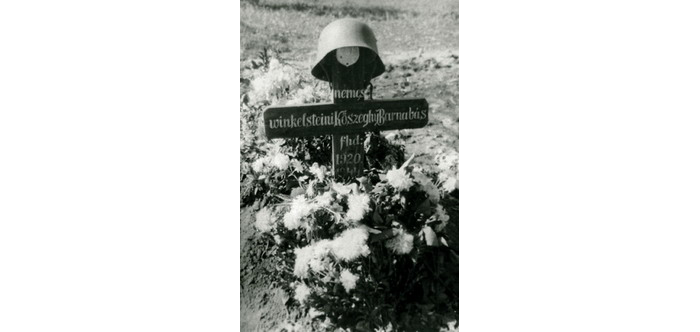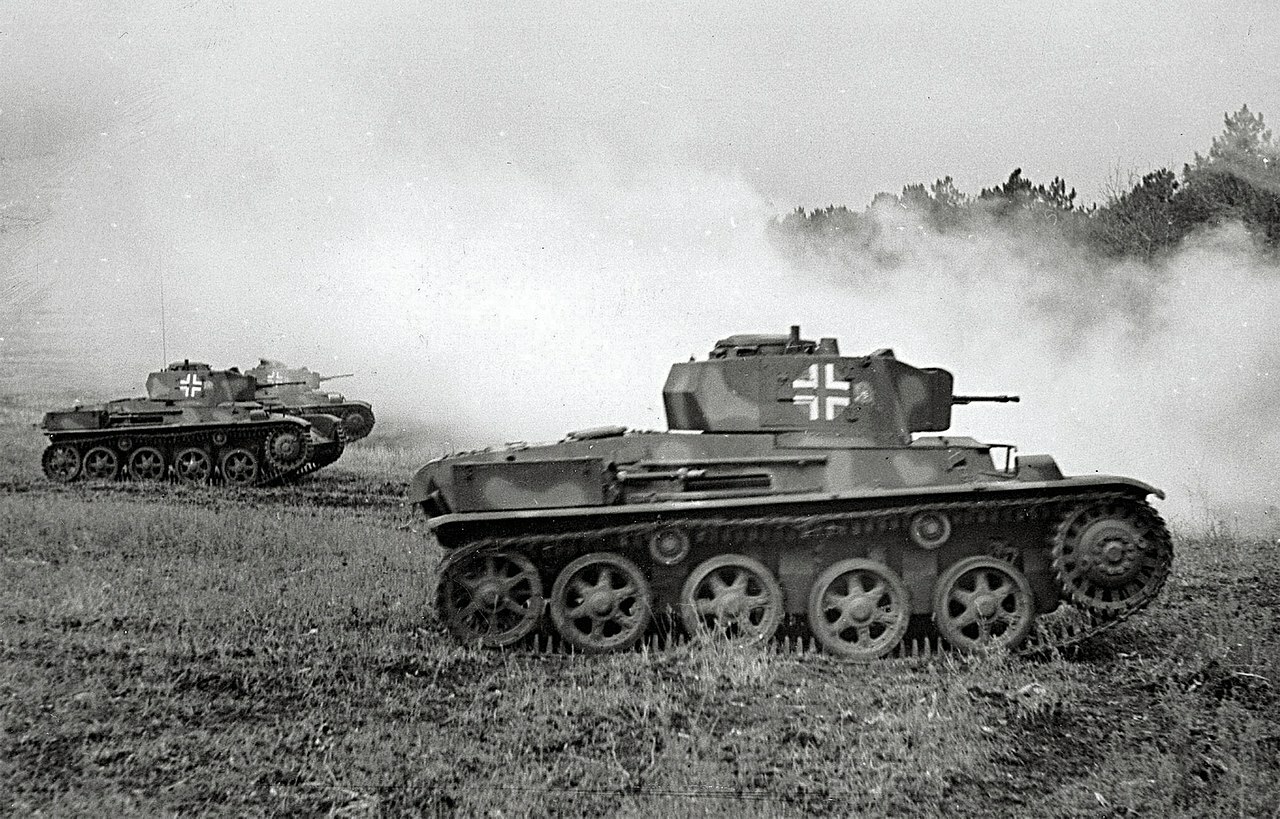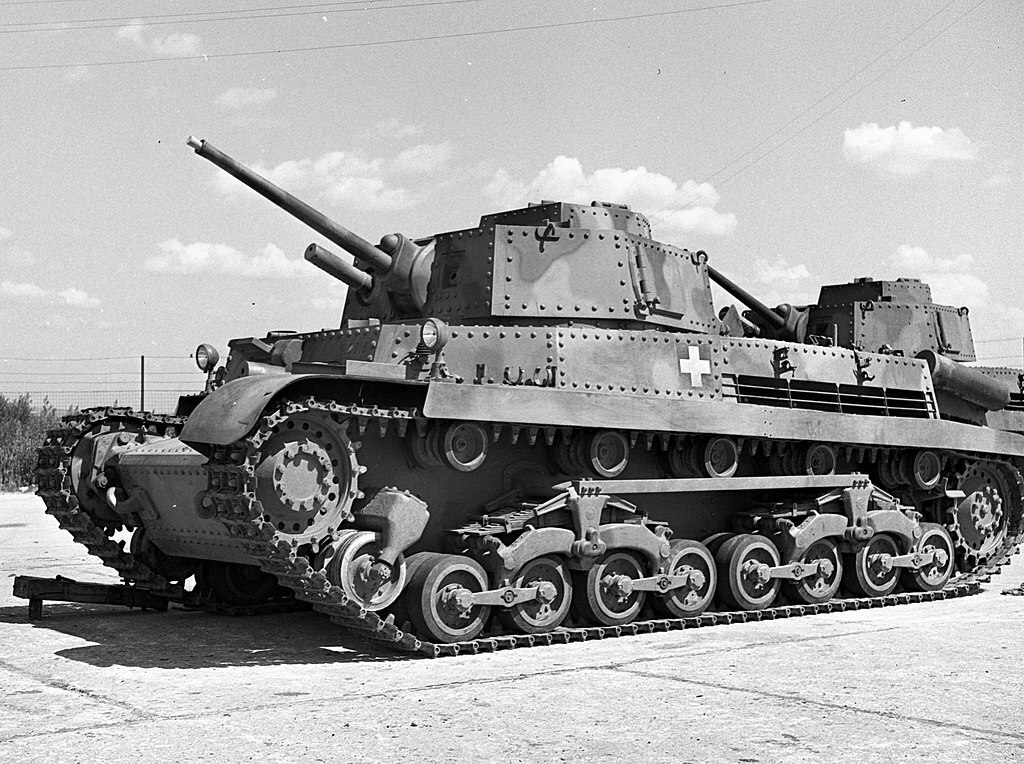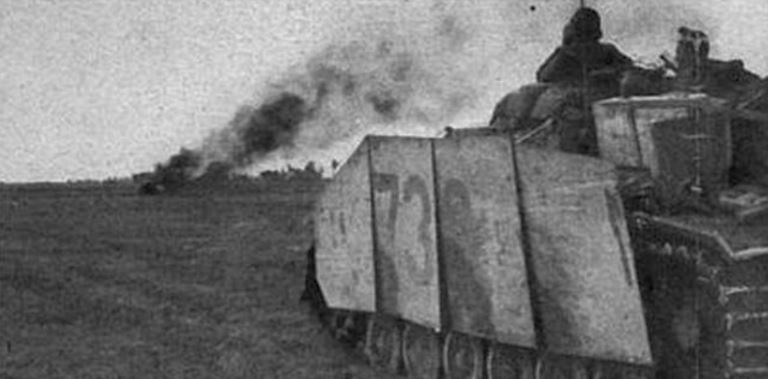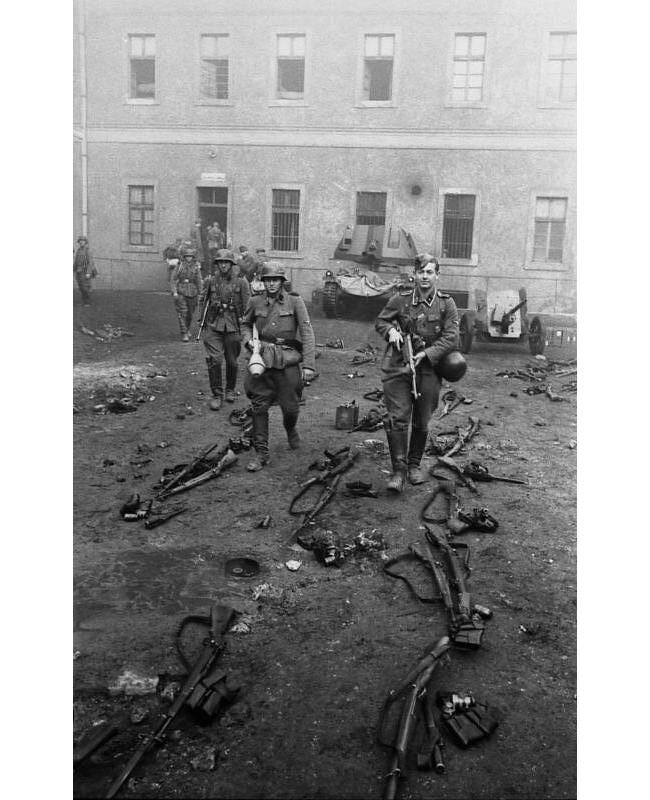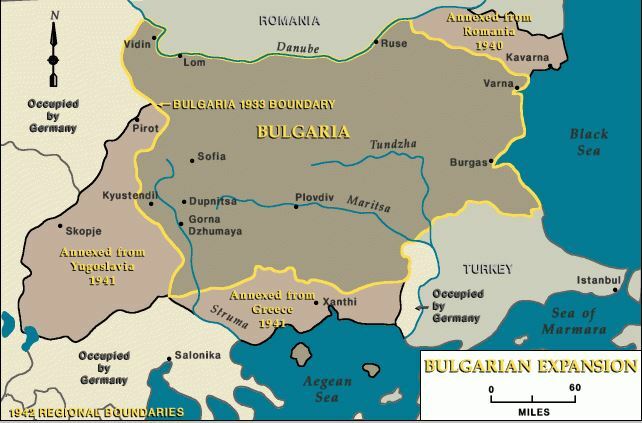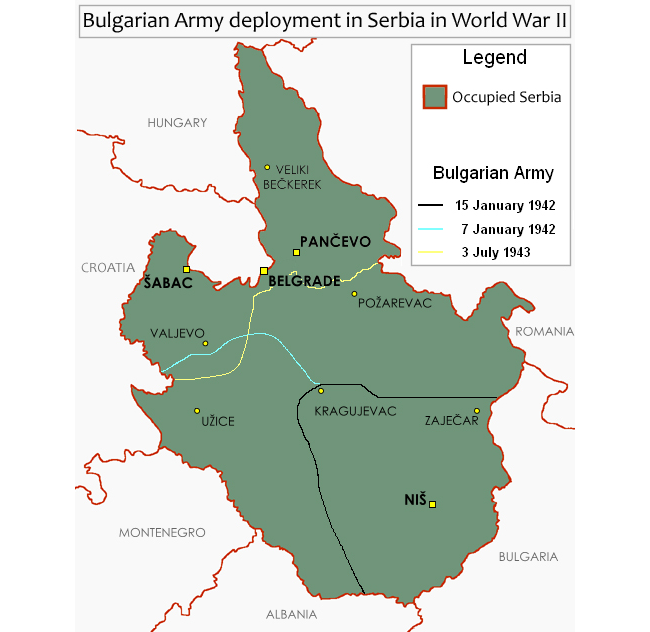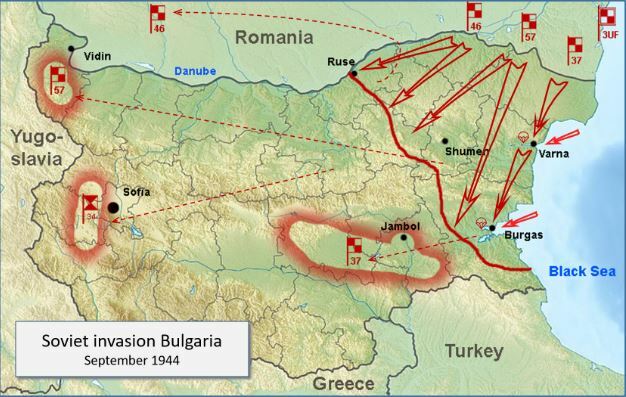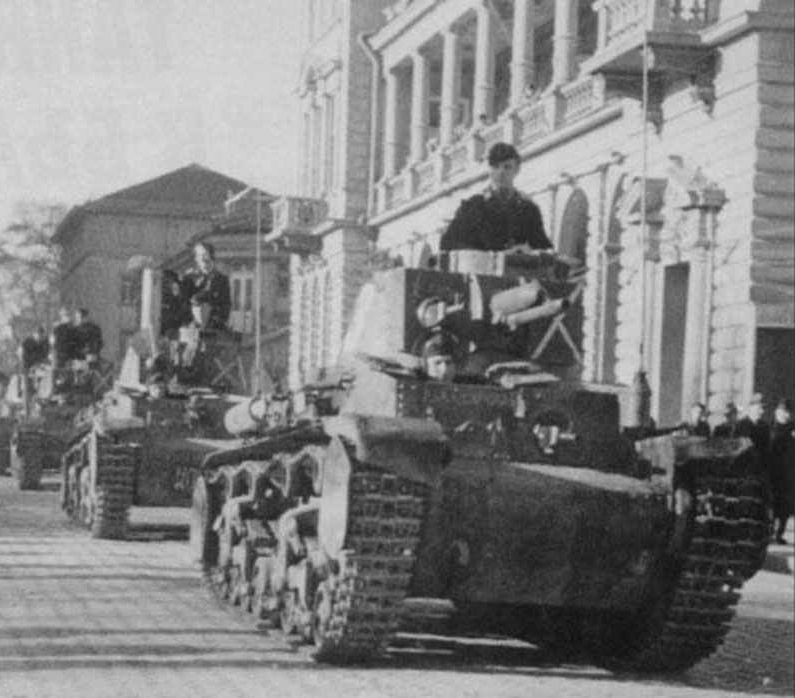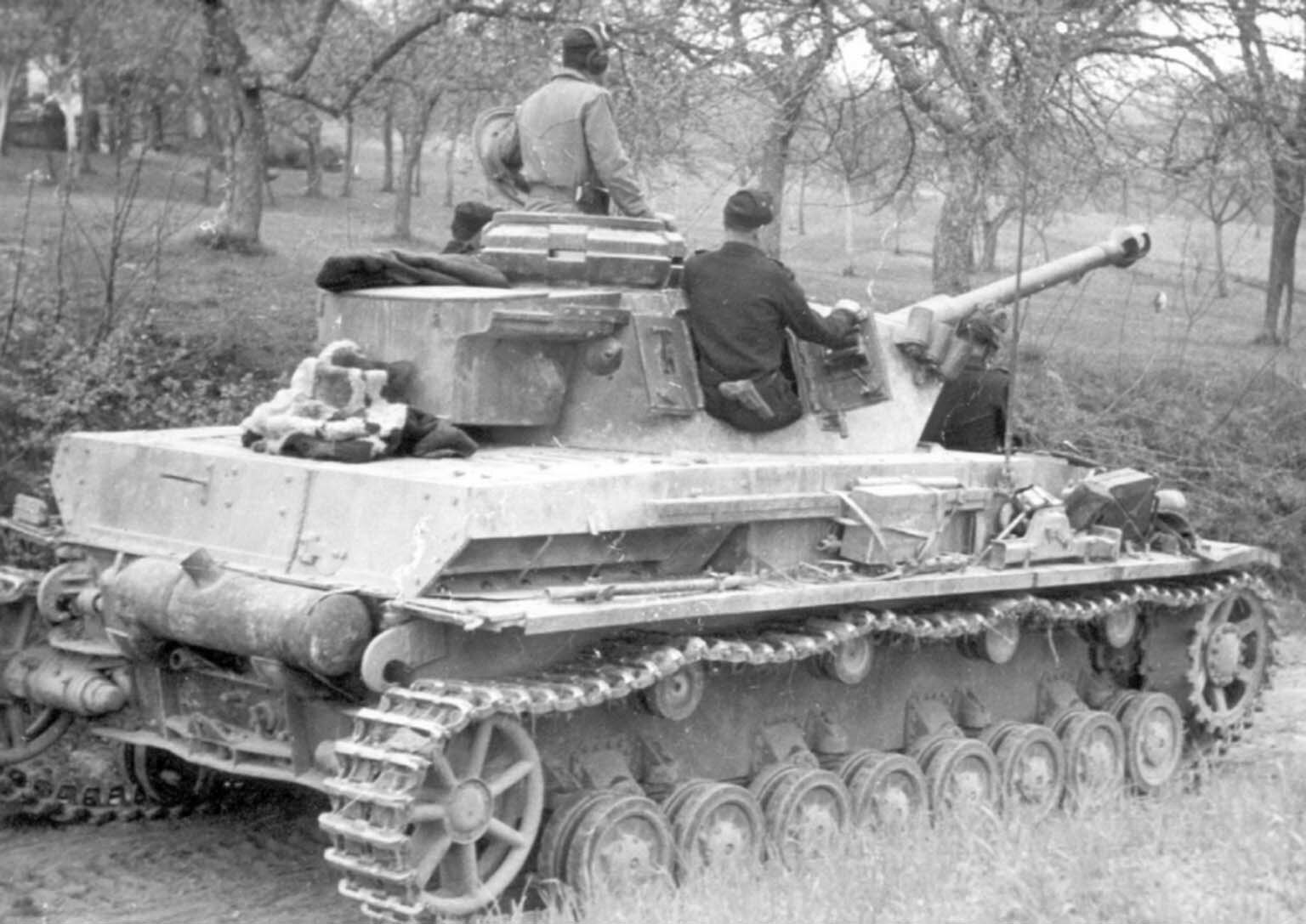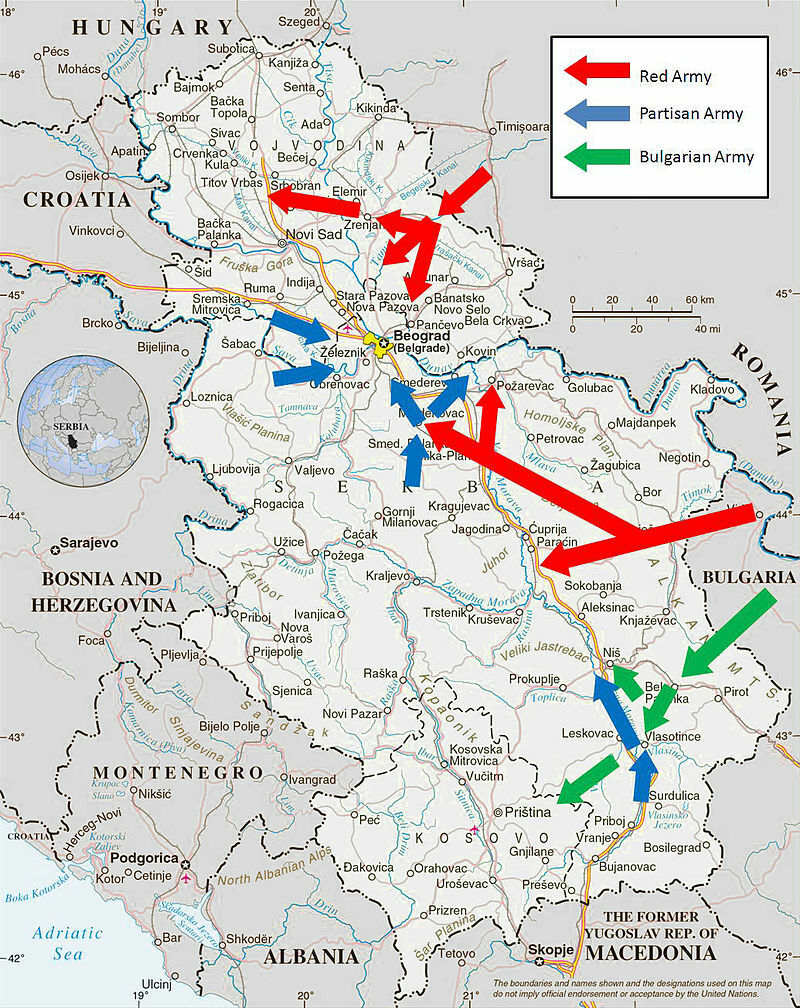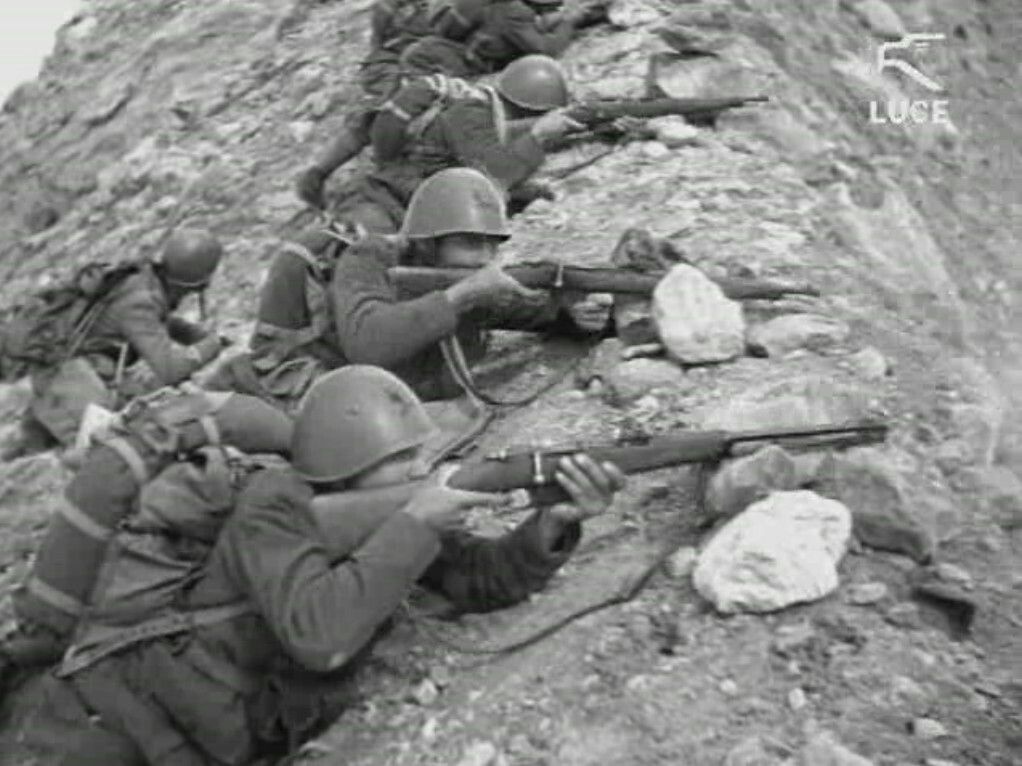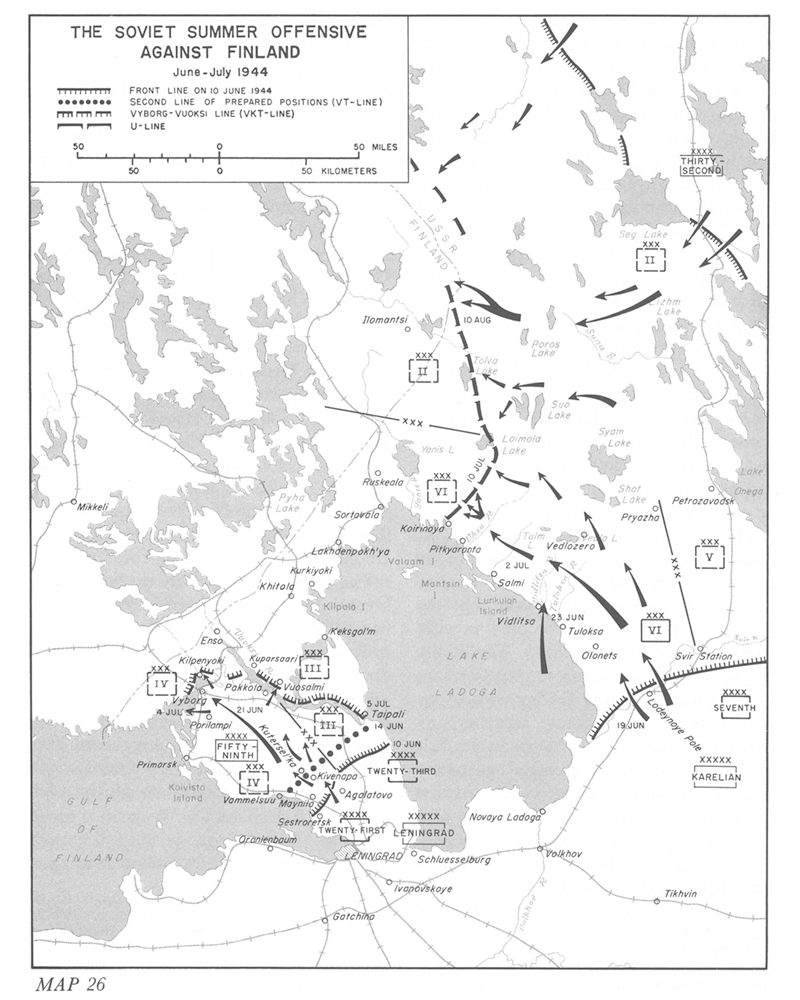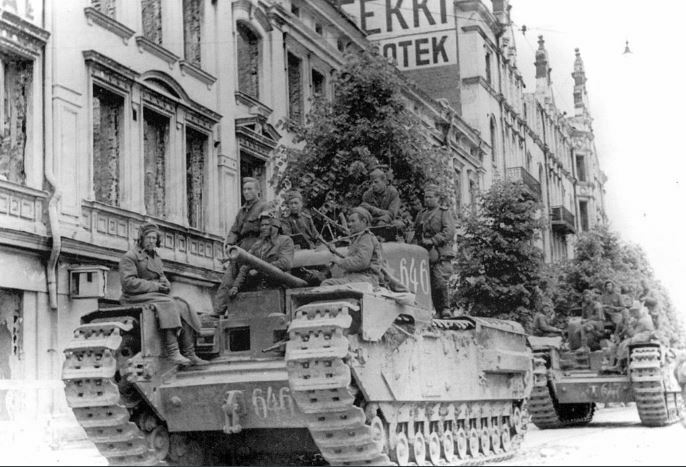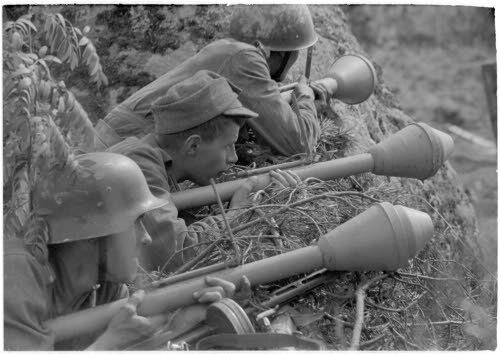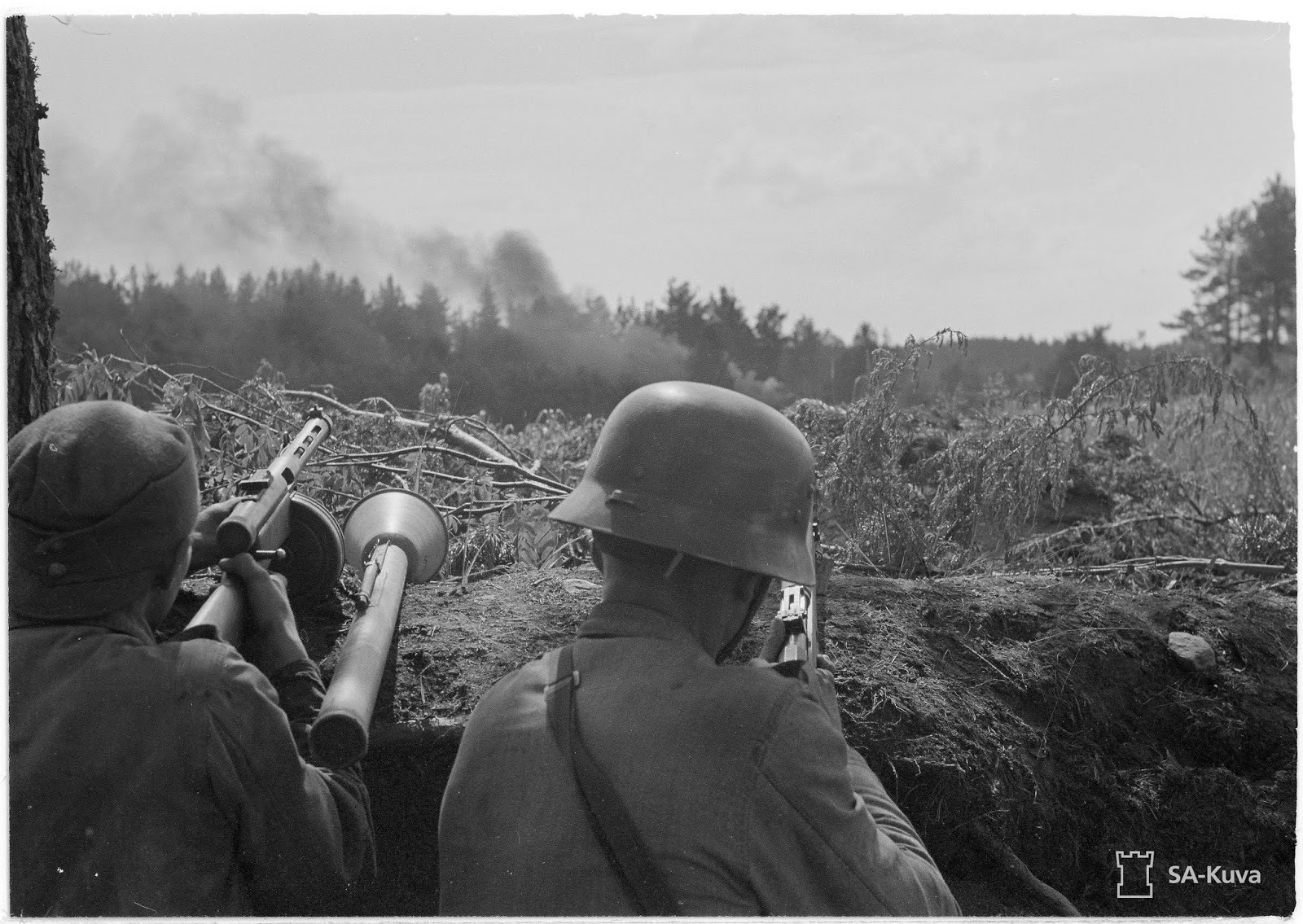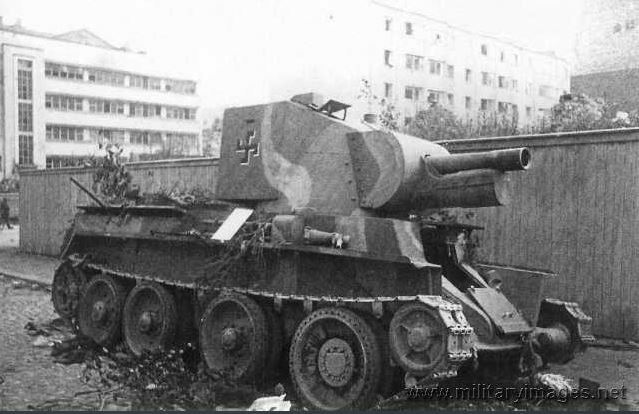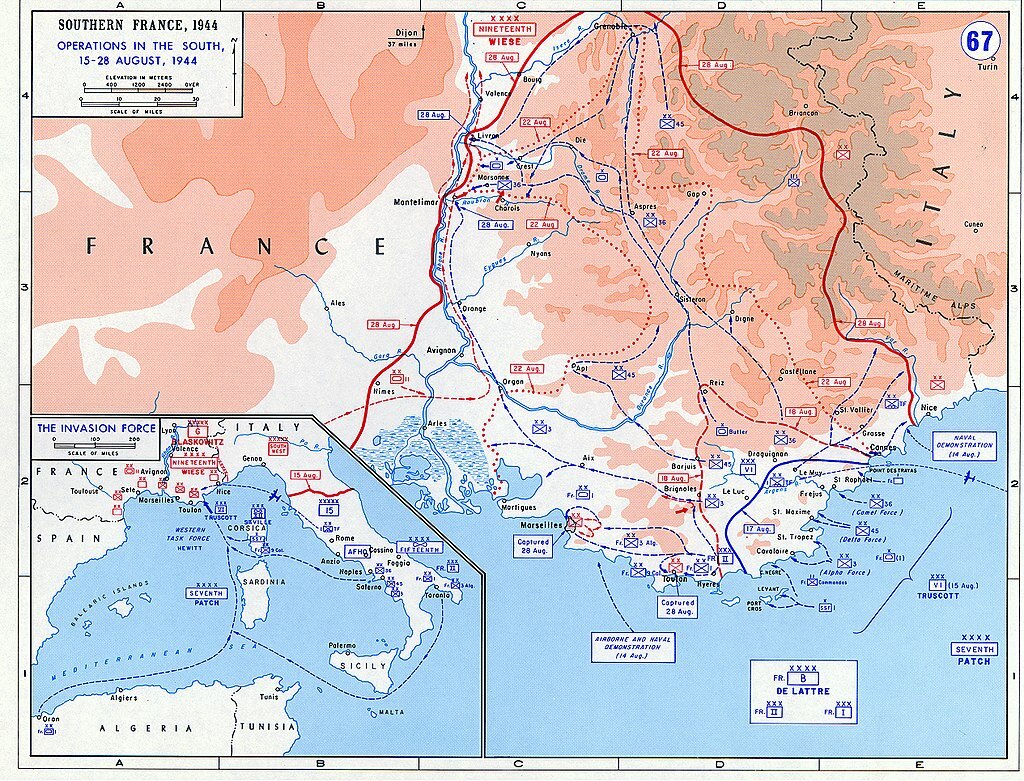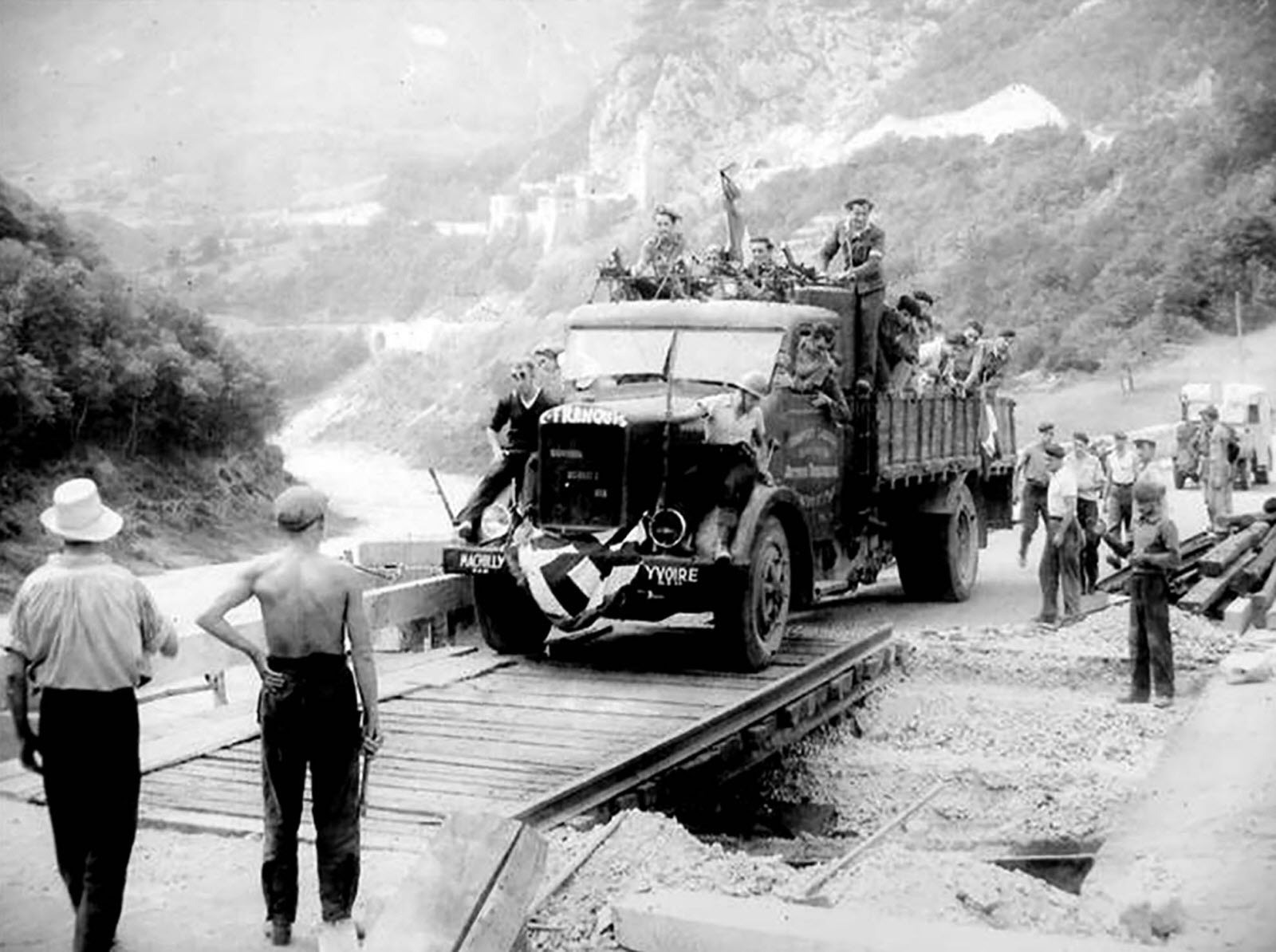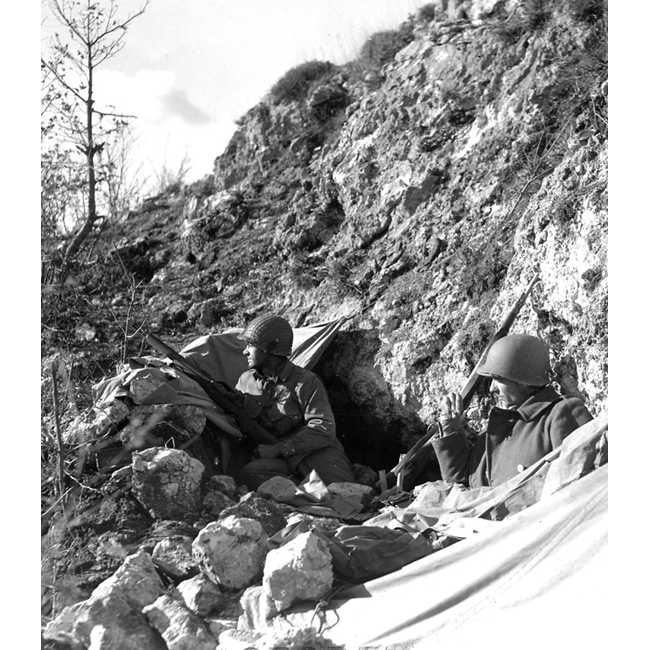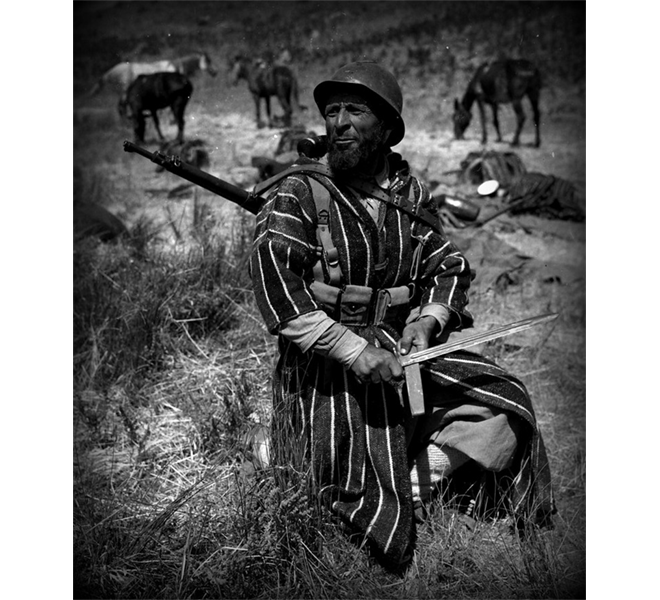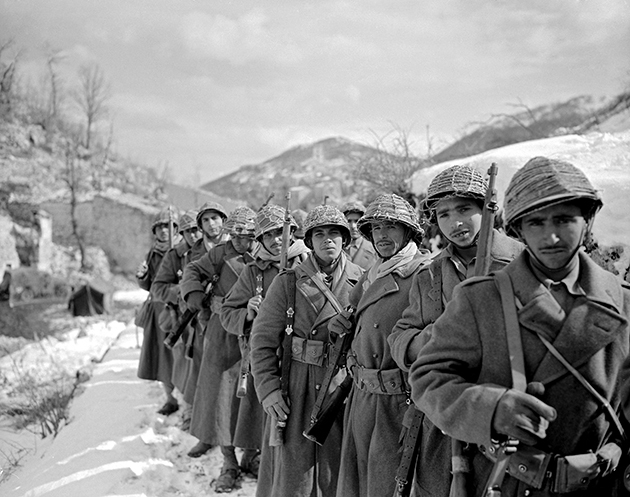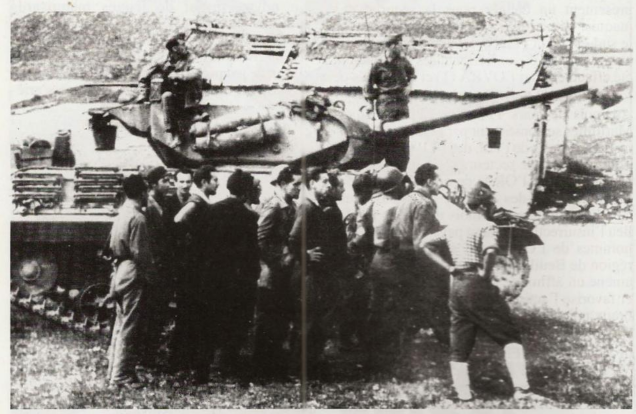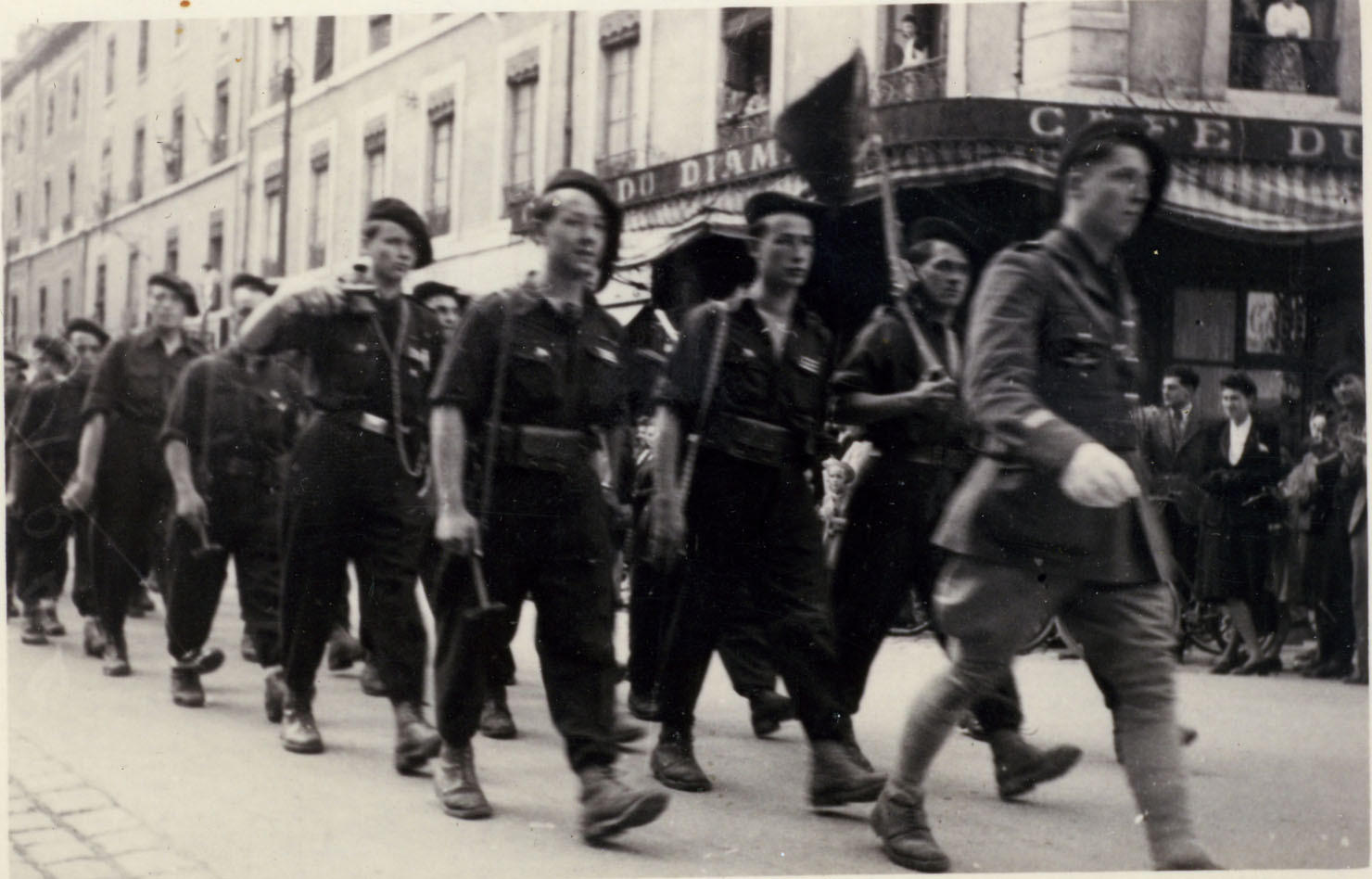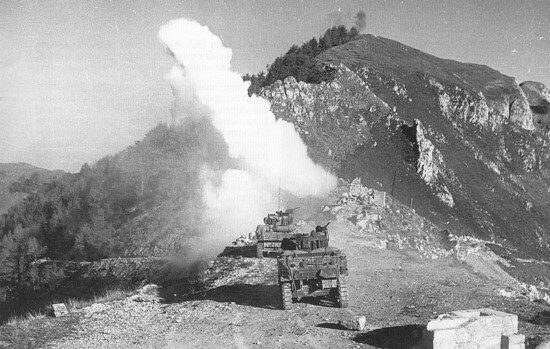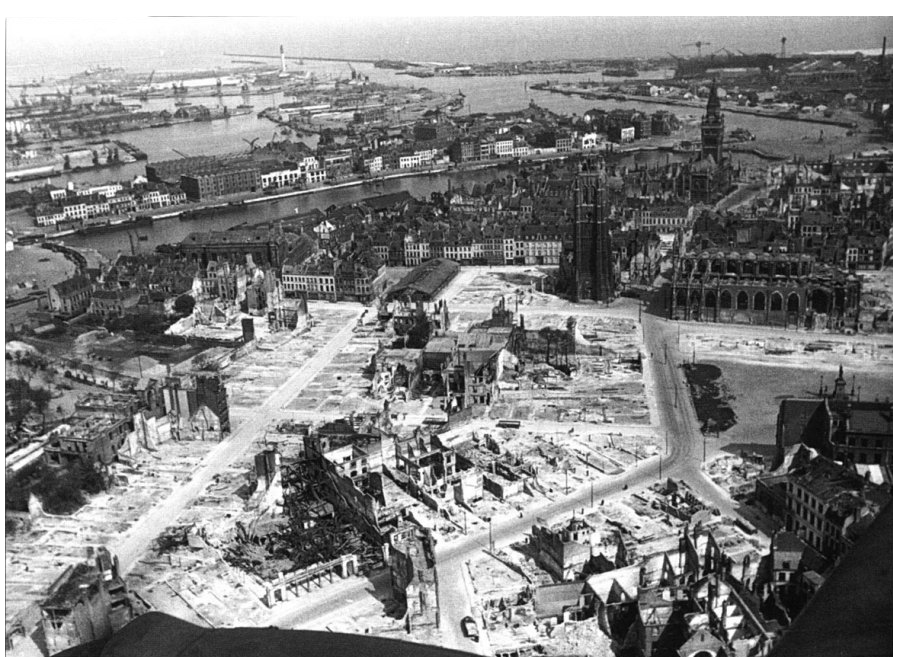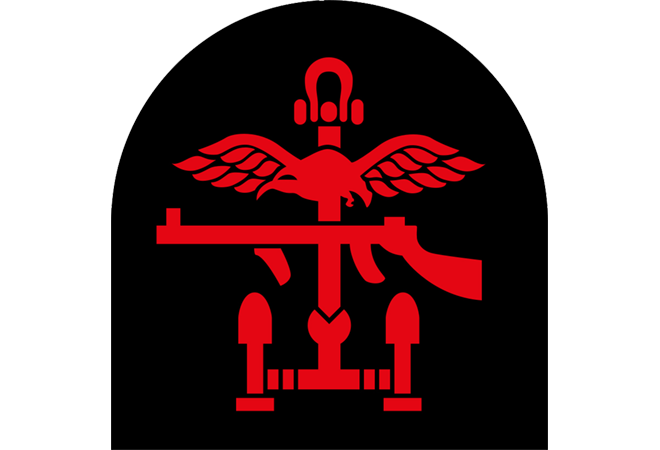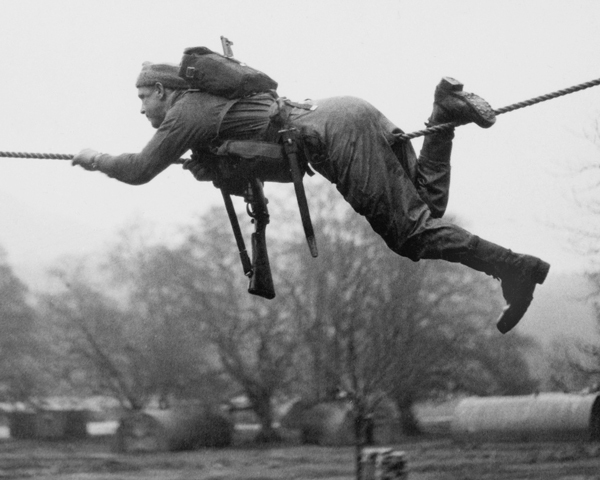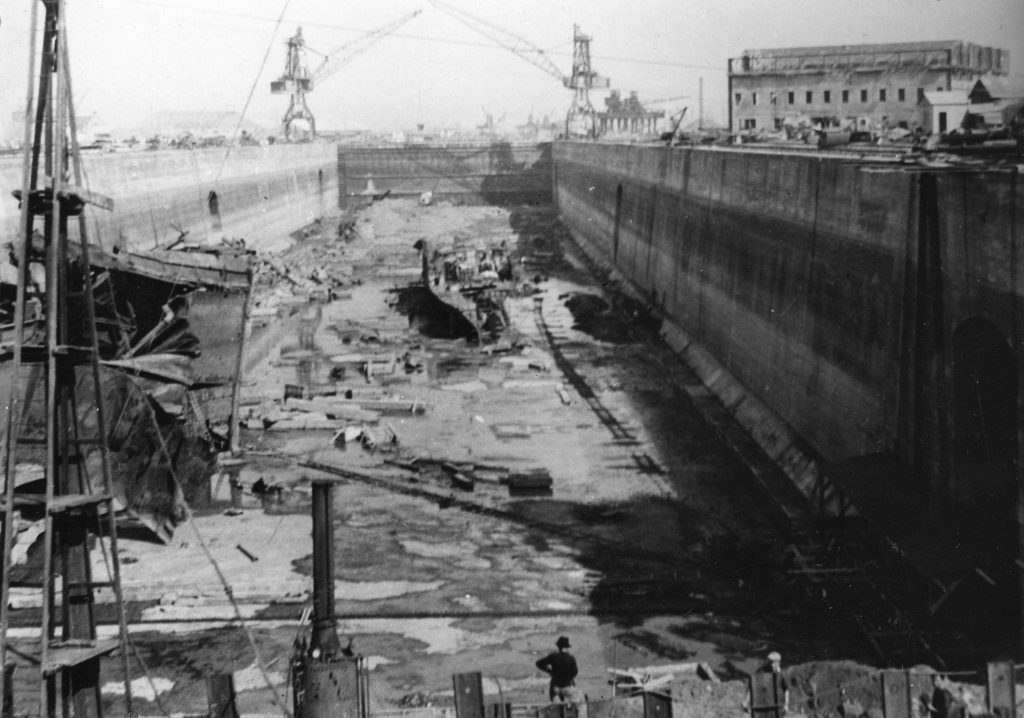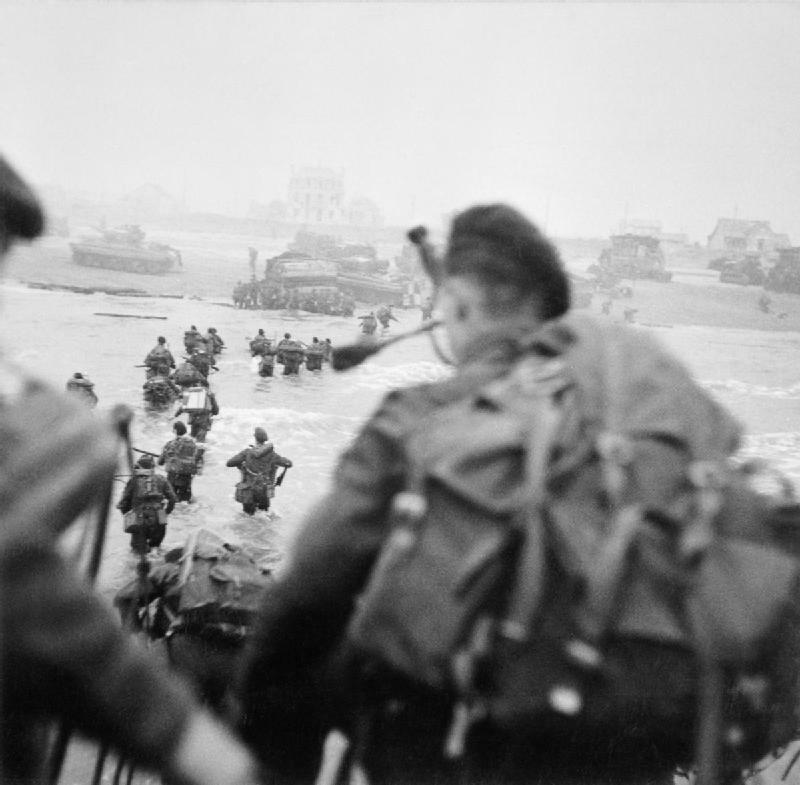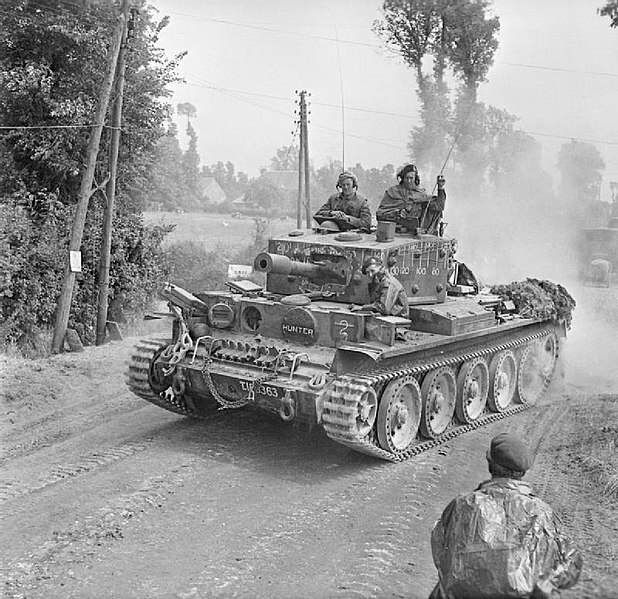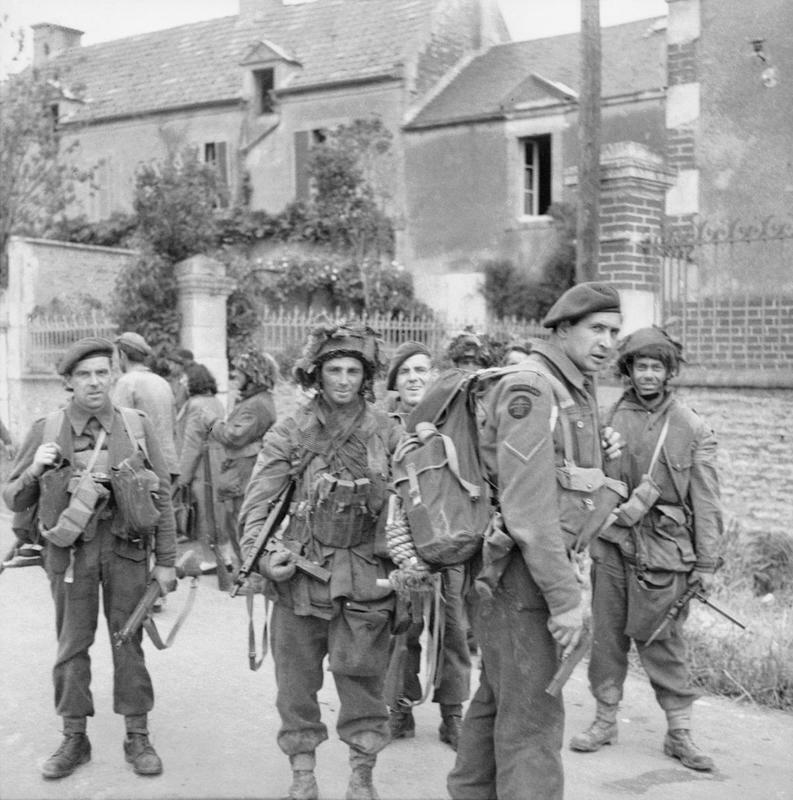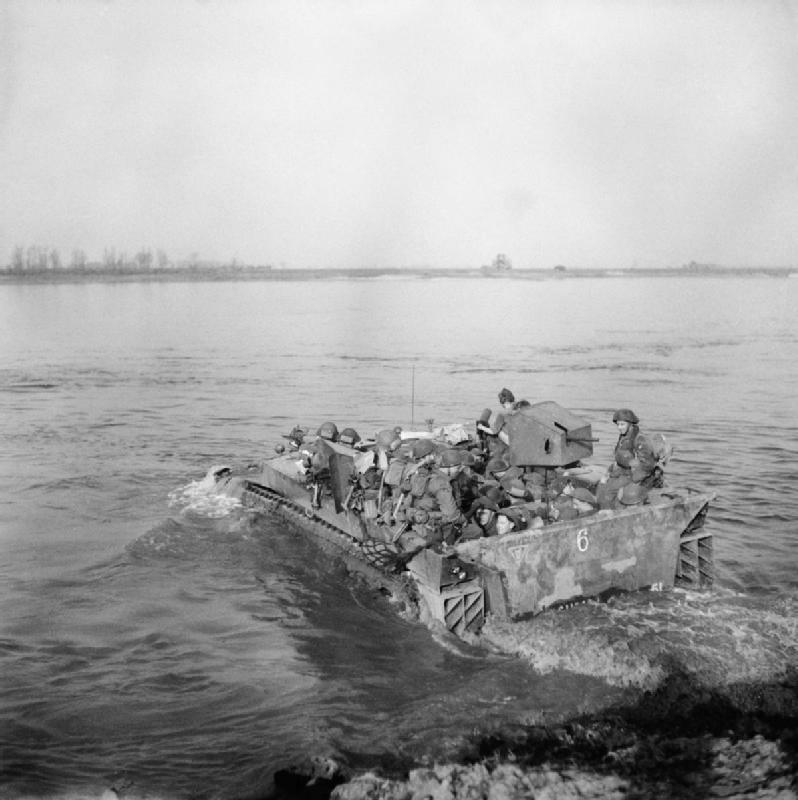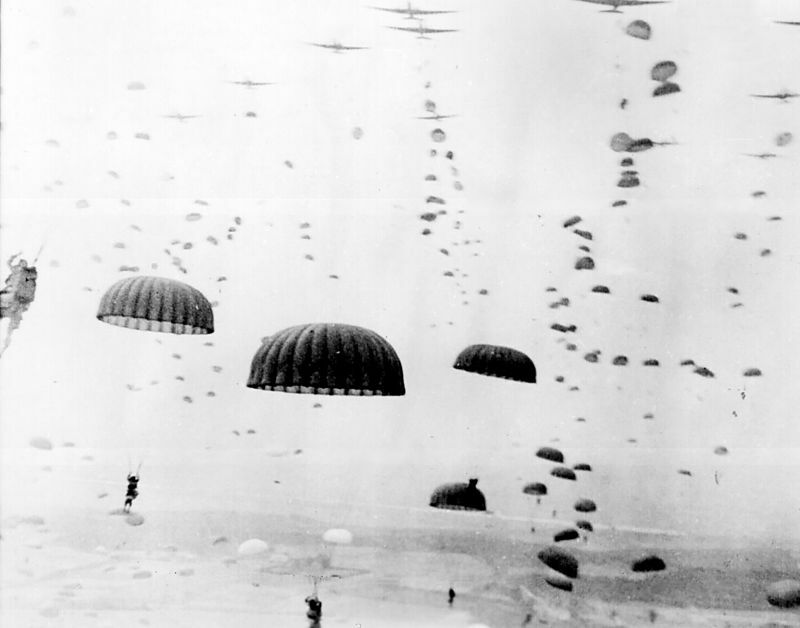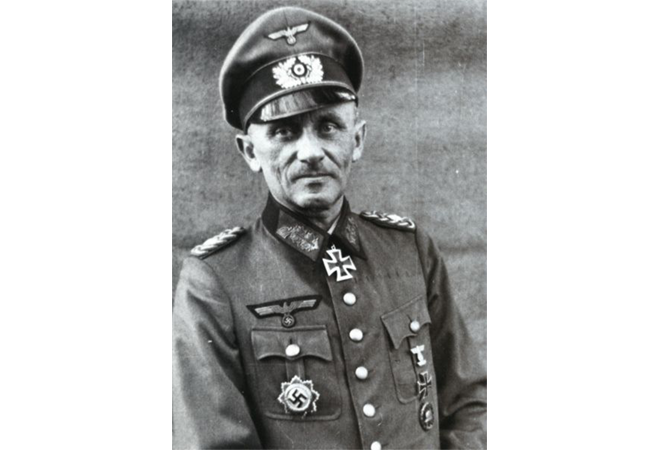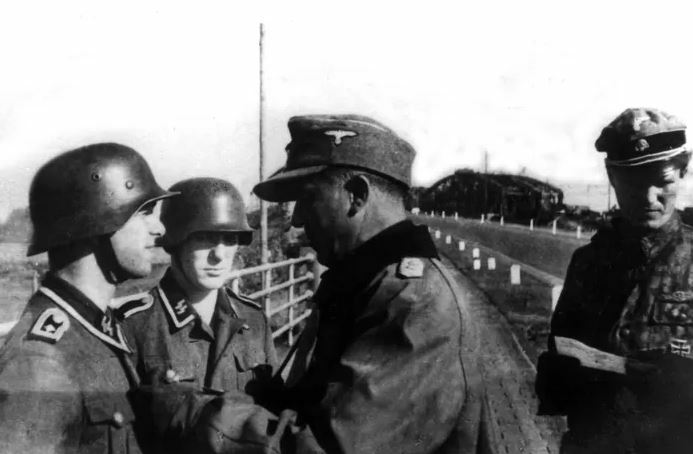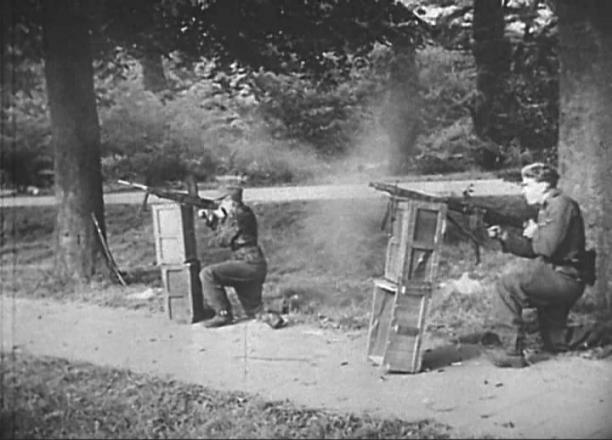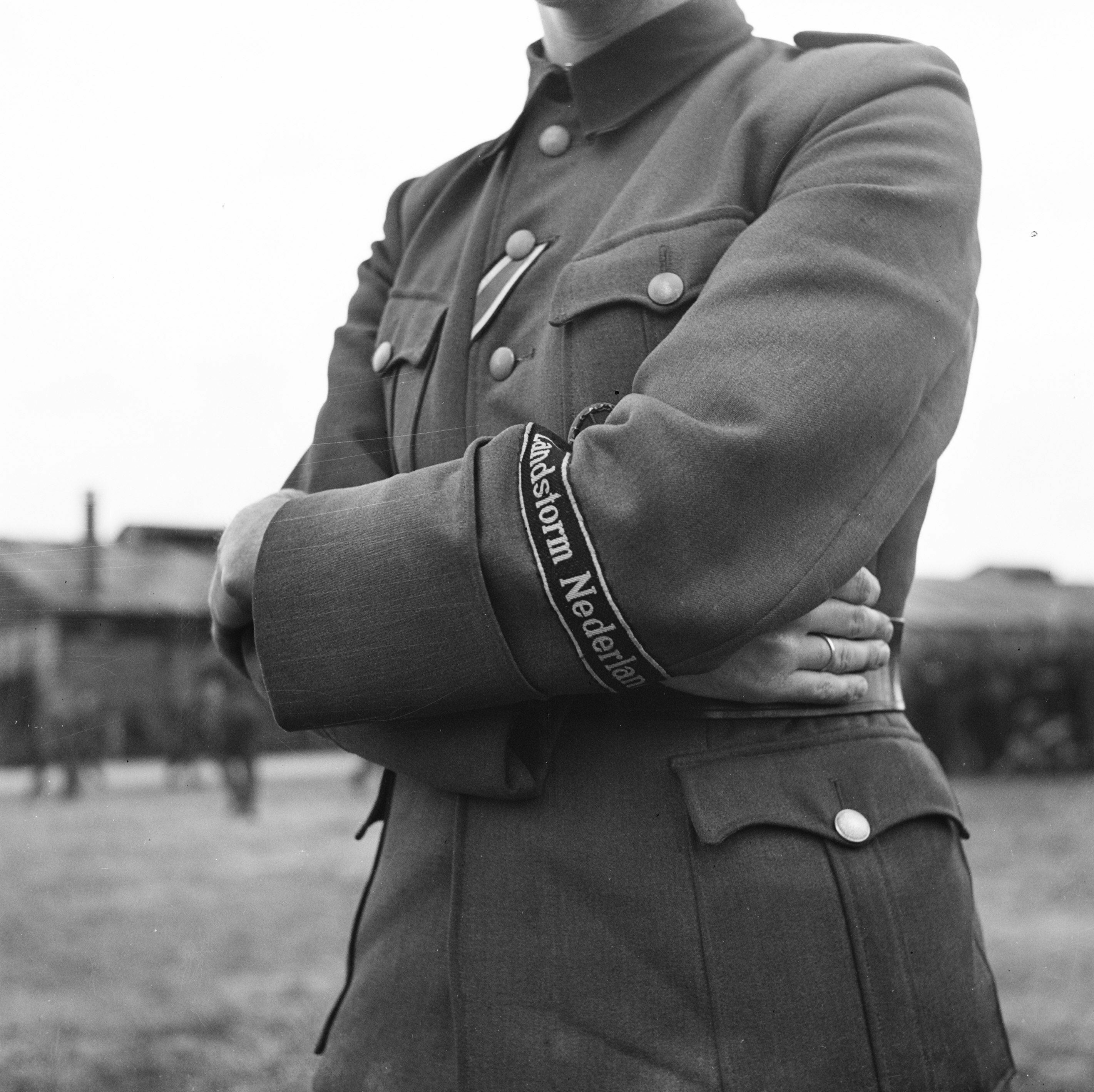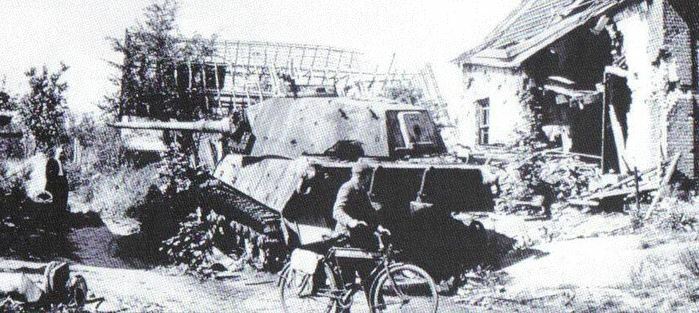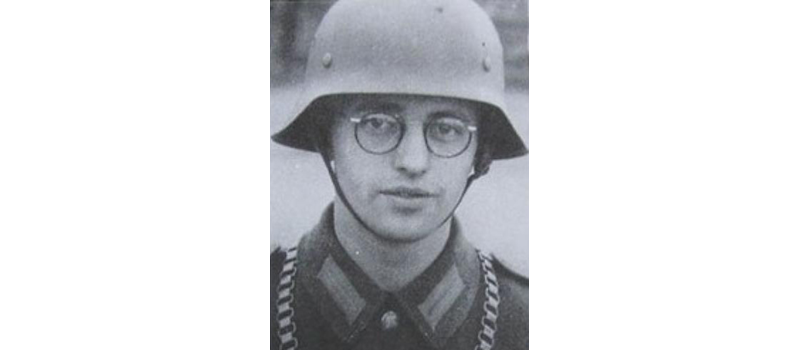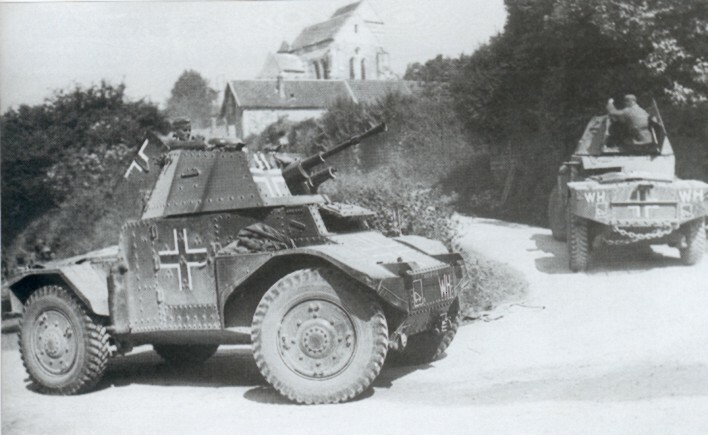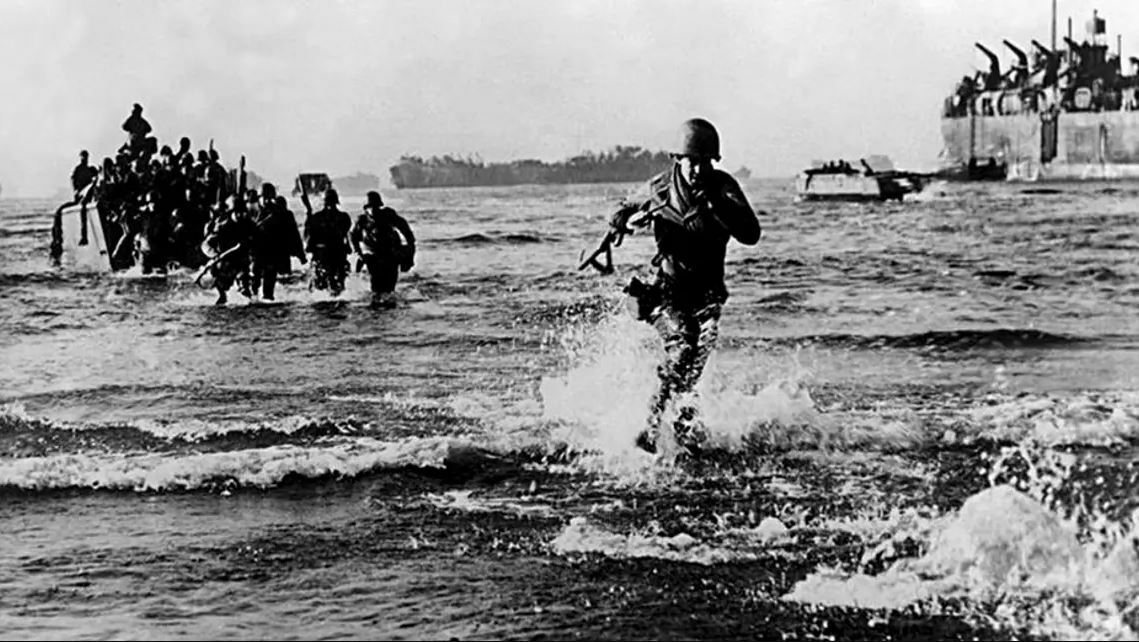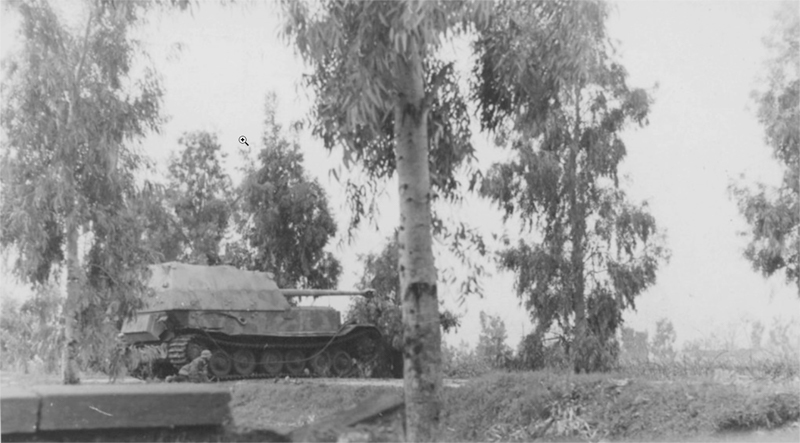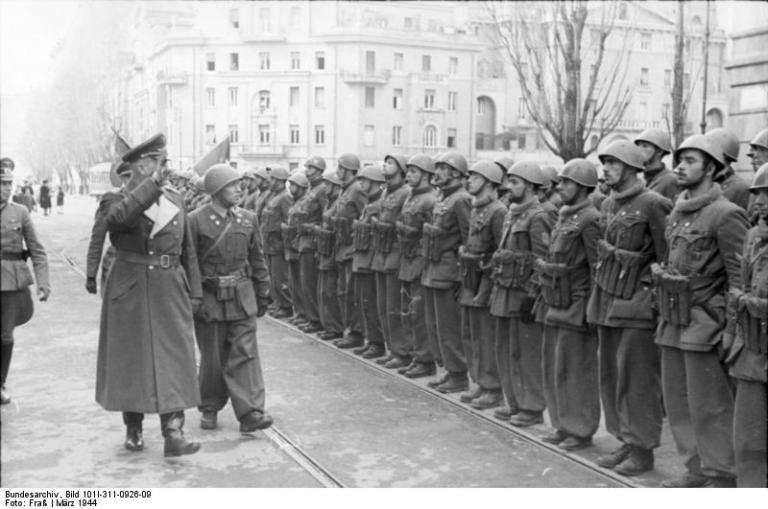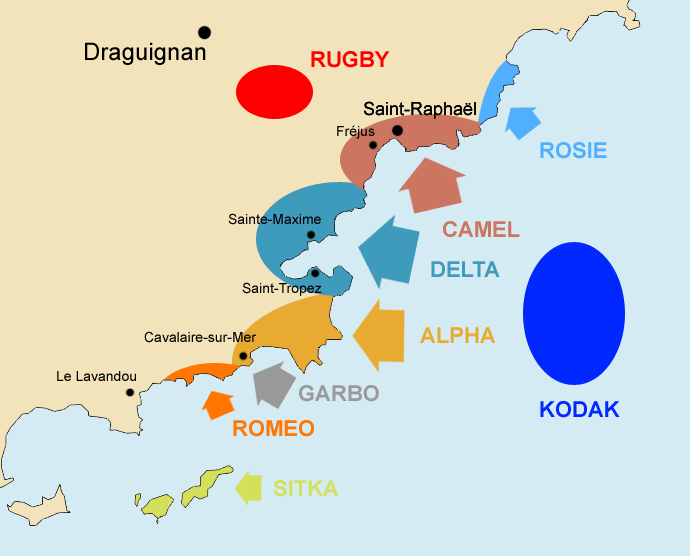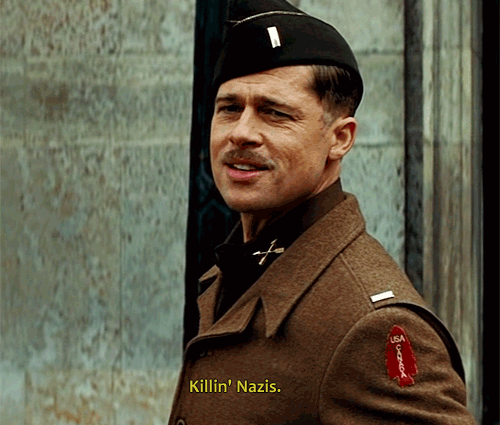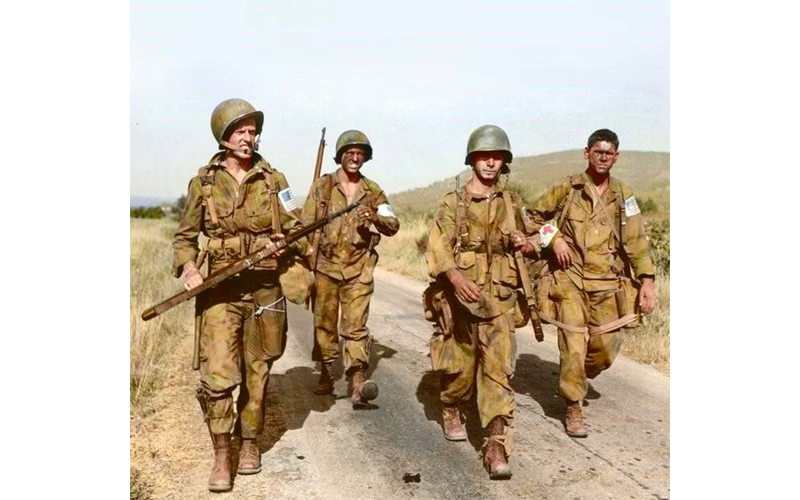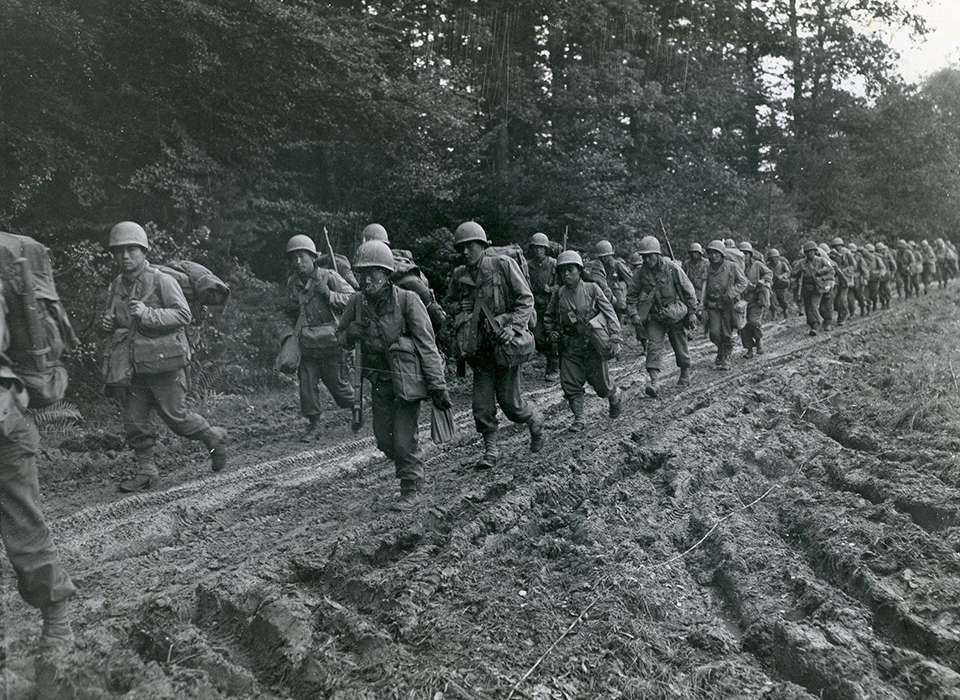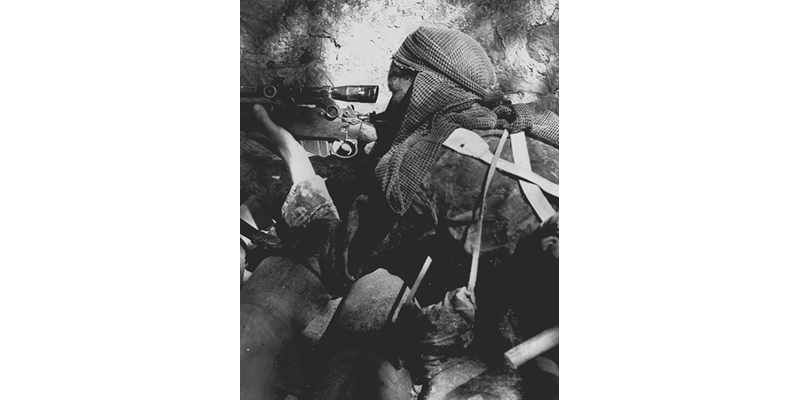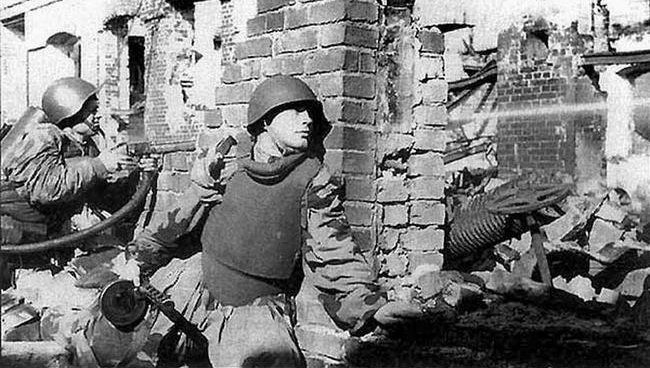
Apr 13, 2023
Steel Division 2 - [EUG] Gal Marcel Bigeard
Fixes
- fixed Tatra's missing PANZER 38(t)
- fixed JAGDKAMPF's HP to match the number of its soldiers
- fixed CALARASI MOTO's rifle ammo loadout
- fixed a typo with RÖSSELSPRUNG
- fixed the ERDKAMPFLAFFETE's crew into LW ones
- fixed some wrong veterancy patterns for planes' 3/4/6 availabilty
- unified B-4 & Br-5 heavy SP howitzer's HP (10) speed (10/14) and same armor (artillery)
- (3VDV) fixed Faustniki's avail curve
Generic
- changed "heavy tank" leaders (T-34/85, StuG IV, Tiger, Panther, M4 76mm, Churchill VI)'s availability to 2/(4)/(6)
- standardized all C205 VELTRO's availability at 3/6/9
- decreased C202 FOLGORE's price from 75 to 65
Allies
- decreased (British & Canadian) SHERMAN V C.O.'s price from 150 to 140
- standardized armed WLA side-cars at 6/12/(18) vet1
- decreased OT-34's frontal armor from 80mm to 75mm, on par with other M1941 T-34
- changed M3A3 & M5A1 CMD's availability from 2/4/6 to 3/(6)/(9)
- decreased ISU-122 price from 155 to 145
- decreased ISU-122S' price from 165 to 155
- increased BA-64B KAO (180mm)'s price from 130 to 135
- increased AOP CARRIER (203mm)'s price from 140 to 170
- increased CHURCHILL IV OP (140mm)'s price from 130 to 135
- increased WILLYS OP (140mm)'s price from 120 to 140
- increased M3A1 KAO (203mm)'s price from 140 to 170
- increased M3 OP (203mm)'s price from 140 to 170
- increased M4A1 OP (155mm)'s price from 140 to 170
- increased M4A2 OP (155mm)'s price from 135 to 170
- increased all Sherrman V POA (140mm)'s price from 130 to 140
- decreased PE-3 BIS (heavy fighter variant)'s price from 75 to 55
- decreased P-38 (heavy fighter variant)'s price from 115 to 95
- decreased BEAUFIGHTER (heavy fighter variant)'s price from 85 to 70
- decreased MOSQUITO (heavy fighter variant)'s price from 95 to 75
- (TF45) increased M5A1 RECON's availability to 5/10/15 on par with other recon Stuart
- (Vyborg) changed HURRICANE MK.IIc (2x250kg bombs)' availability from 2x cards of 1/2/4 to 1x of 2/4/6
- (CIABG) replaced FFO MG-42's TRACTION transport with captured KUBELWAGEN
Axies
- changed TURAN I PK.'s availability from 2/4/- to 3/(6)/(9)
- decreased TURAN I's price from 35 to 30
- decreased PANTHER D's price from 140 to 130
- decreased PANTHER A's price from 140 to 135
- decreased PANTHER G's price from 145 to 140
- decreased AUFK. PANTHER D's price from 150 to 140
- changed JANDARMI's availability from 2/4/6 to 3/(6)/(9)
- decreased PANHARD (25mm)'s price from 25 to 15
- decreased TAR VADAS' price from 30 to 25
- decreased TAR TANKAS' price from 15 to 10
- increased FELDJÄGER's price from 15 to 20
- decreased HG PIONIER (MP-44)'s price from 35 to 30
- increased BEO.PZ. 38H(f) (172,5mm)'s price from 135 to 165
- increased BEO. SCHWIMM. (210mm)'s price from 140 to 170
- increased BEO. SCHWIMM. (172mm)'s price from 130 to 160
- increased BEO. SDKFZ. 250/5 (220mm)'s price from 150 to 170
- increased BEO. SDKFZ. 251/18 (210mm)'s price from 160 to 170
- increased BEO. KUBEL (194mm)'s price from 150 to 180
- increased BEO. KUBEL (164mm)'s price from 130 to 170
- increased BEO. AR-196A3 (138mm)'s price from 85 to 100
- increased BEO. AR-196A3 (203mm)'s price from 95 to 105
- increased BEO.GO.145B (172mm)'s price from 80 to 100
- increased (German & Finns) BEO. STORCH (210mm)'s price from 95 to 105
- increased GAUNTLET Mk.II (152mm)'s price from 85 to 100
- increased IAR-39A (152mm)'s price from 80 to 100
- decreased JU-88C-6 (heavy fighter variant)'s price from 75 to 60
- decreased JU-88G-1 (heavy fighter variant)'s price from 90 to 65
- decreased Me-410B-1 (heavy fighter variant)'s price from 75 to 65
- (52Sich) changed s.FH 396(r) 122mm's availability from -/3/6 to -/6/-, on par with other divisions
- (Korück) changed TIGER E FÜH.'s availability from 1/2/3 to 1/3/-
- (PzD HG) changed BF-109G-6R/2's availability from 1/2/4 to 3/4/6, on par with 1. & 3. FJ
- (Blindata) increased T.4 CERCETARE's availability from 3/-/- to 4/-/-
- (Pancelos) Mot Lovesz (44M) avail reduced from 3 cards to 2




